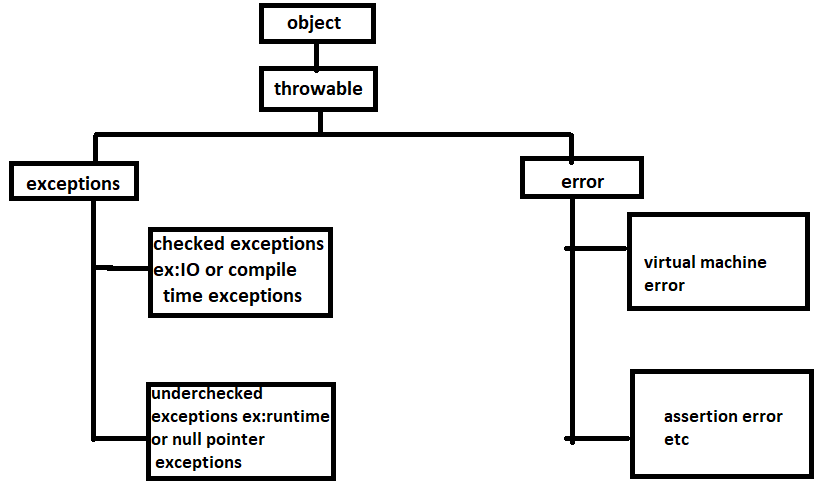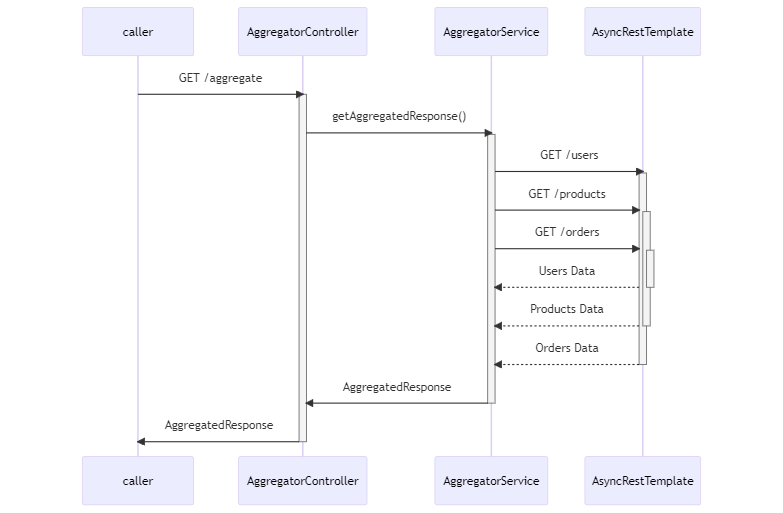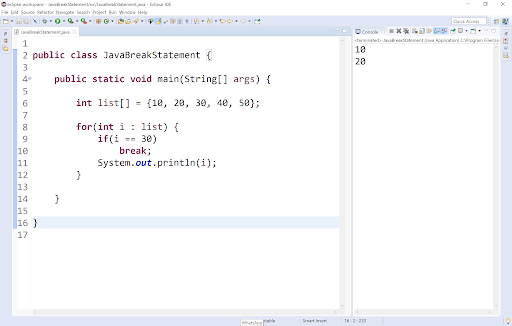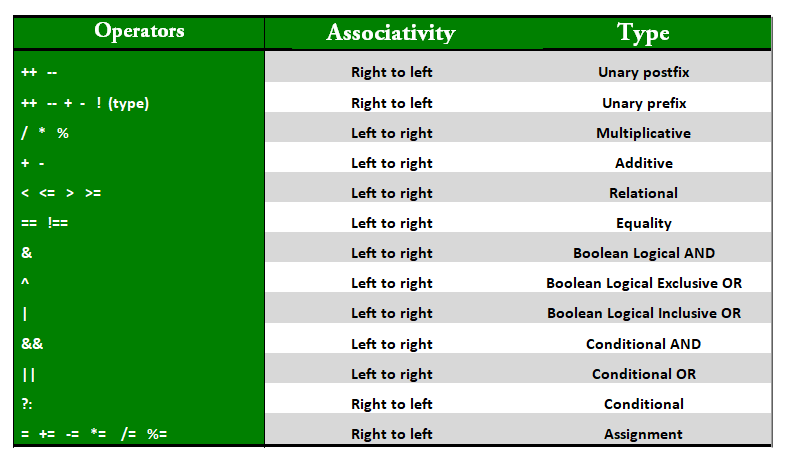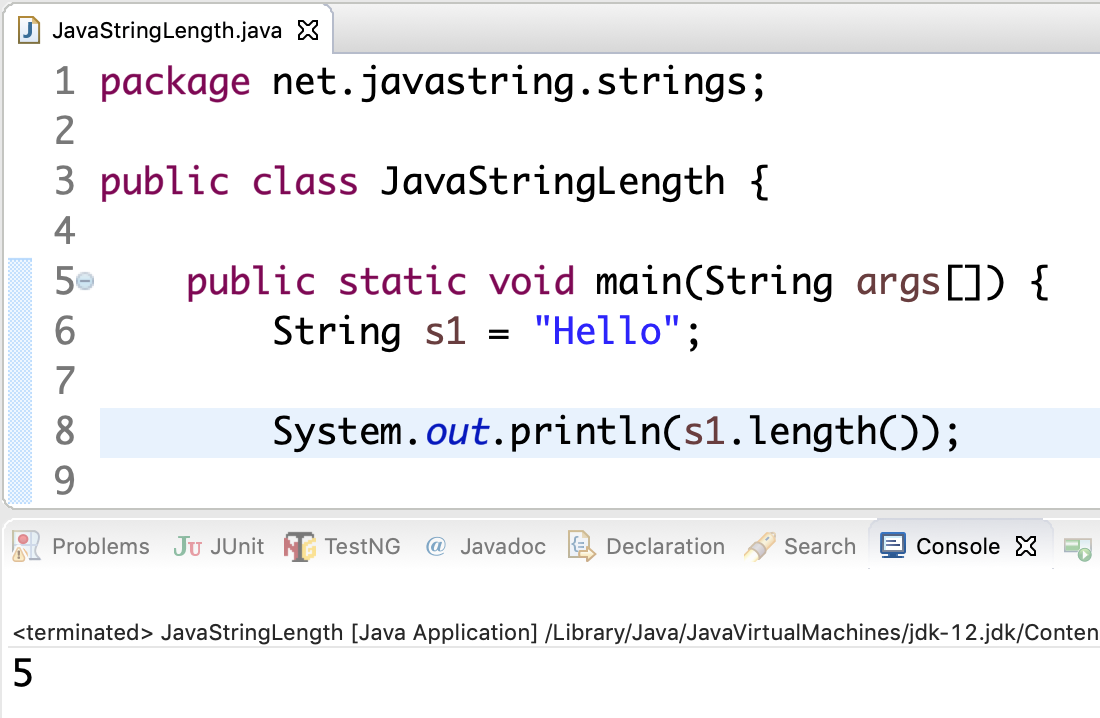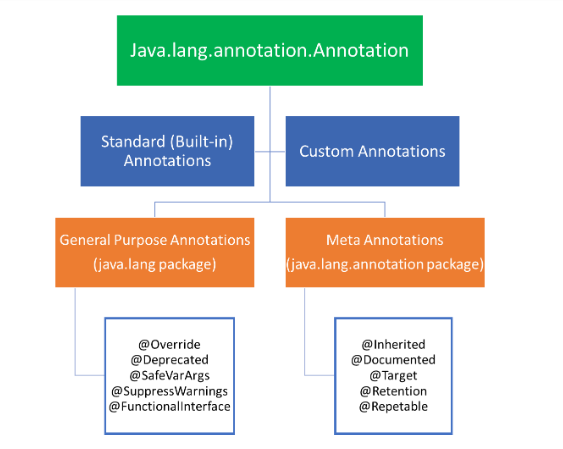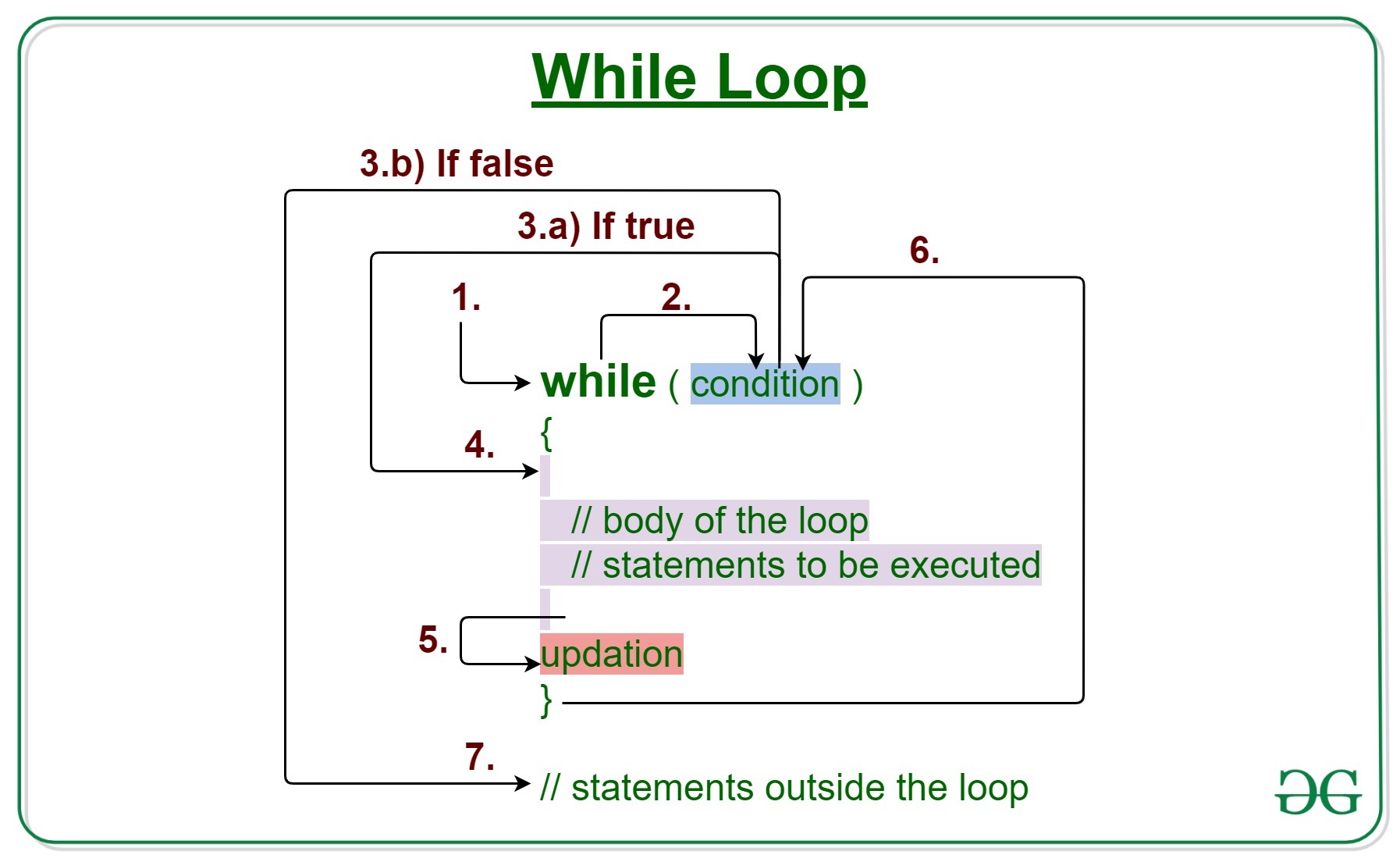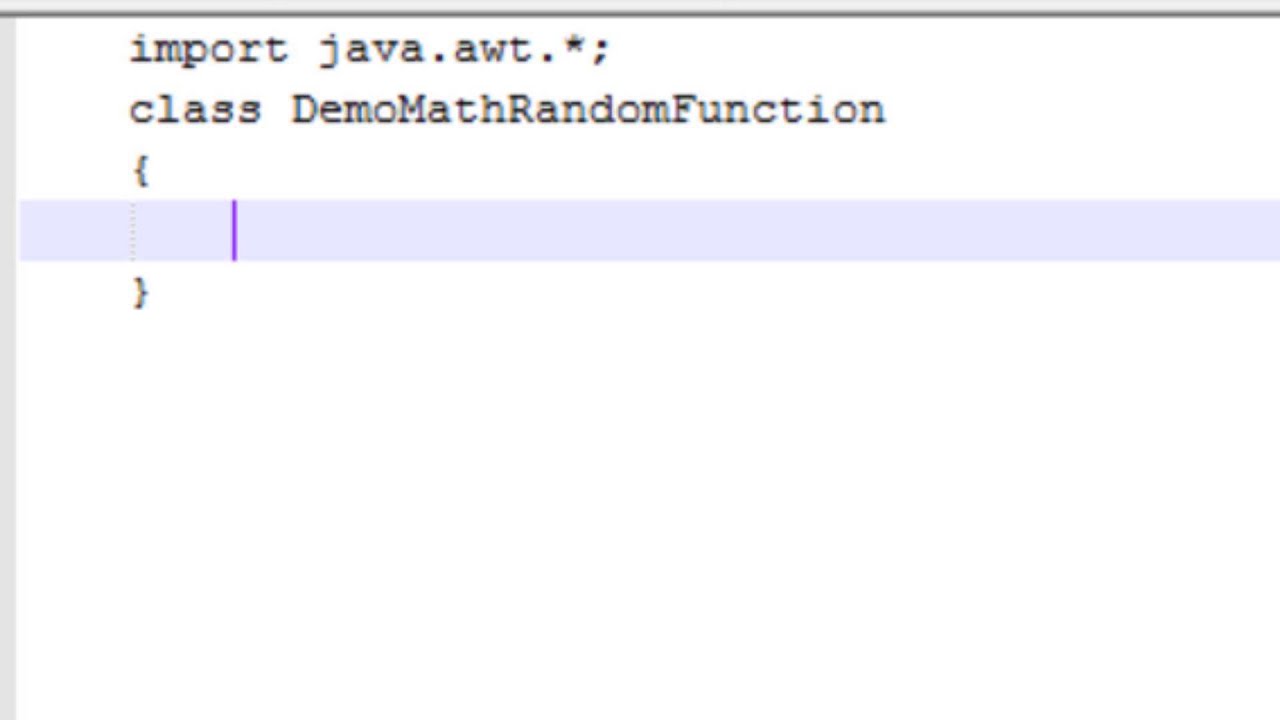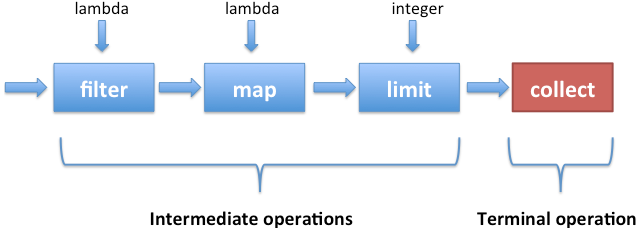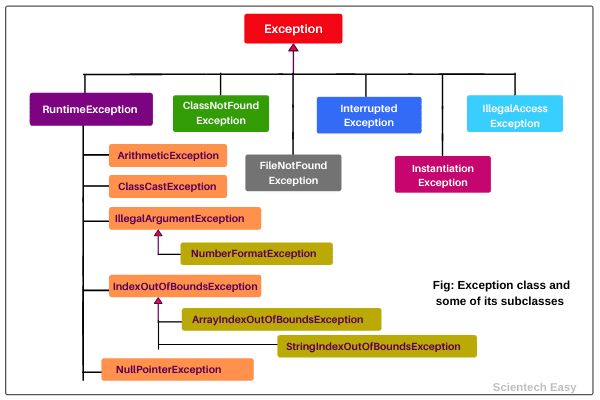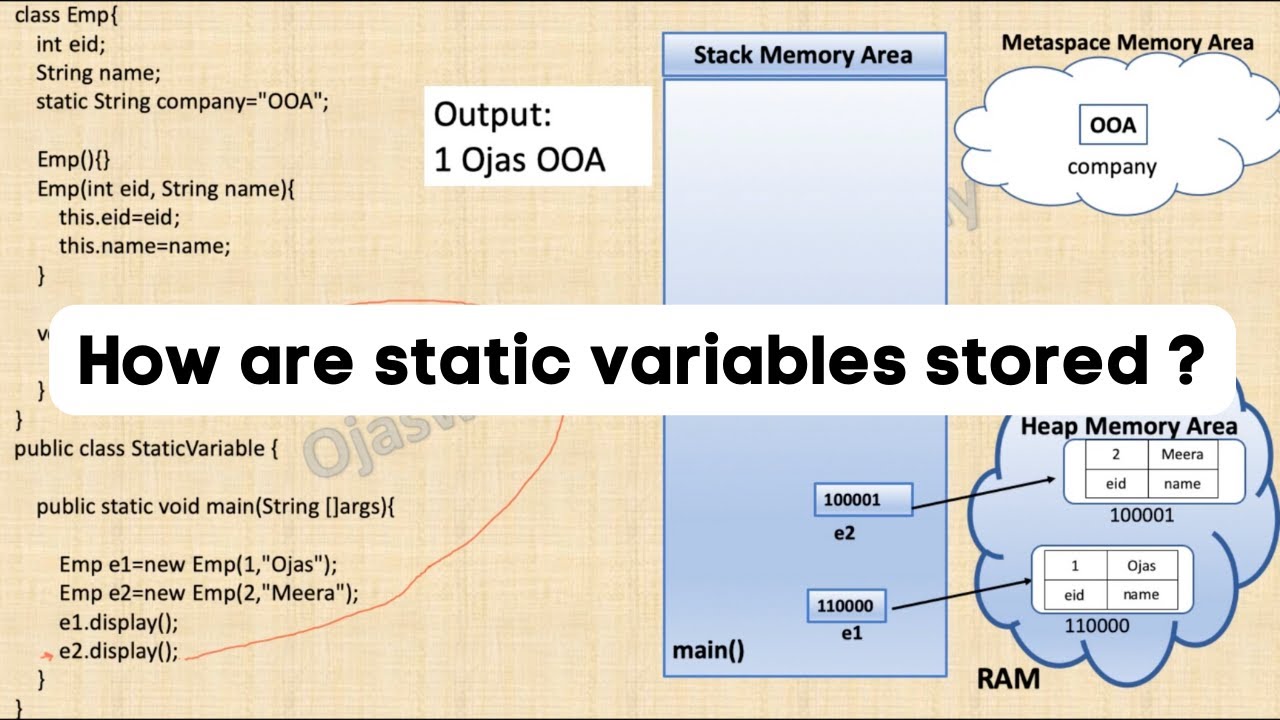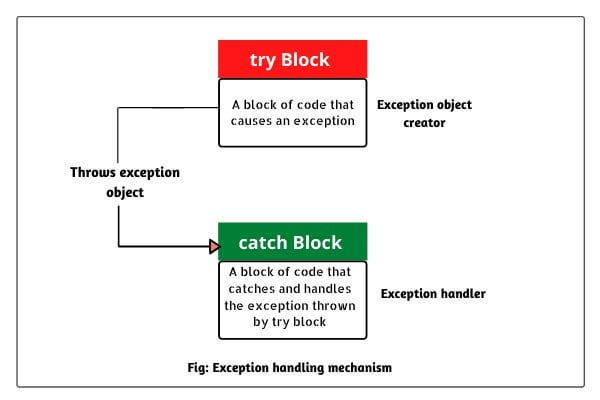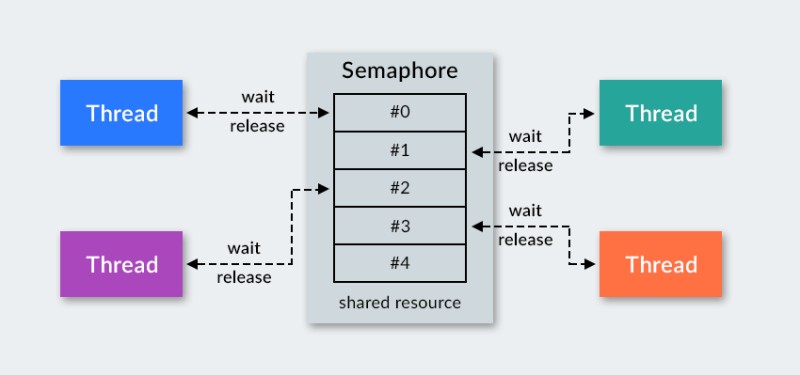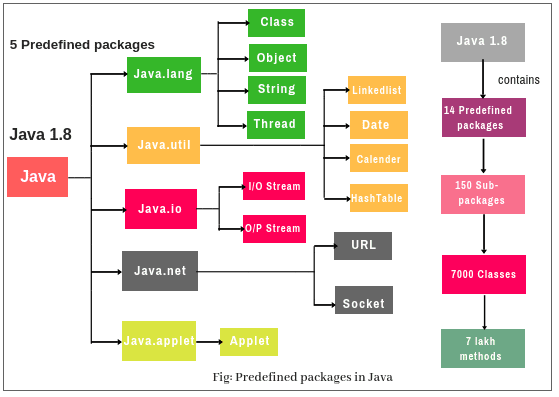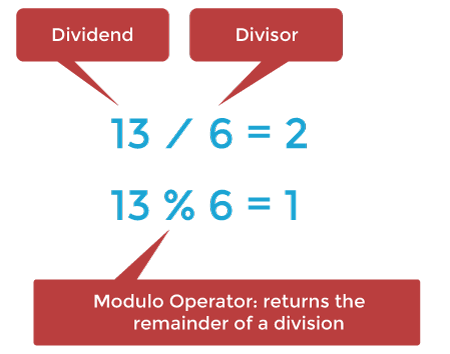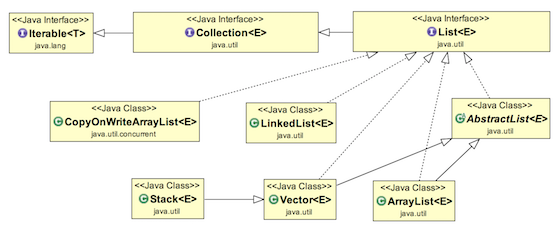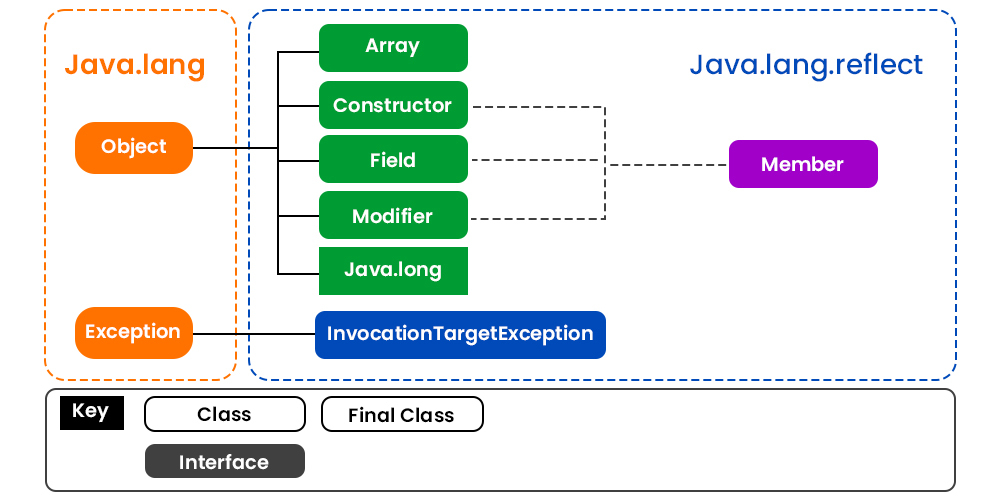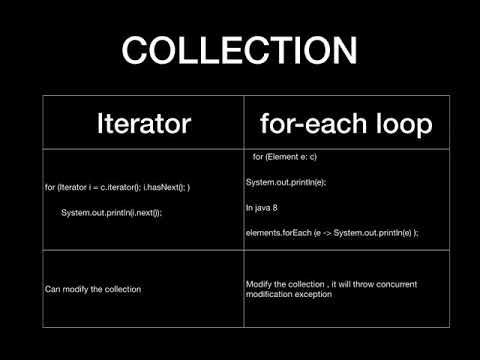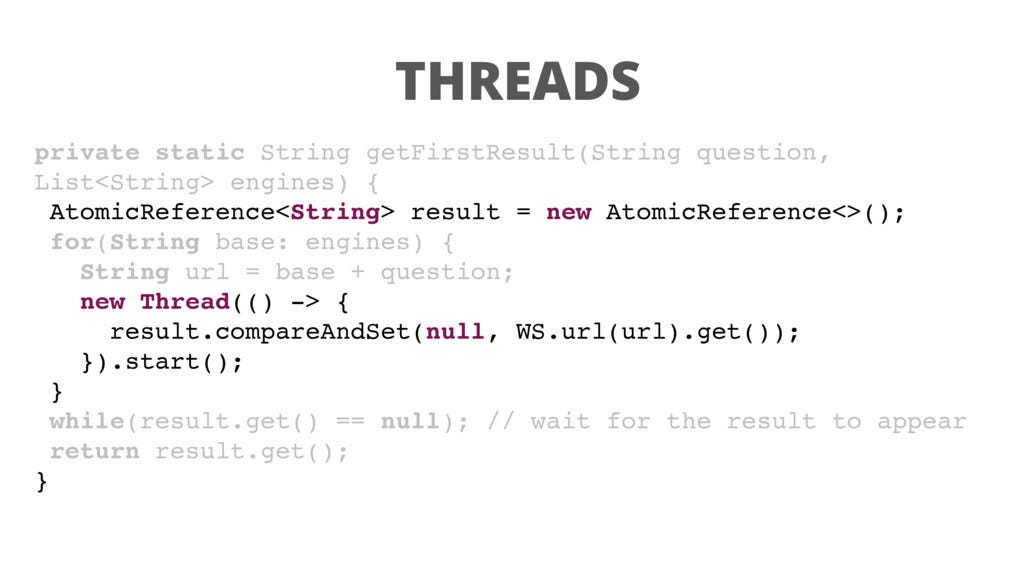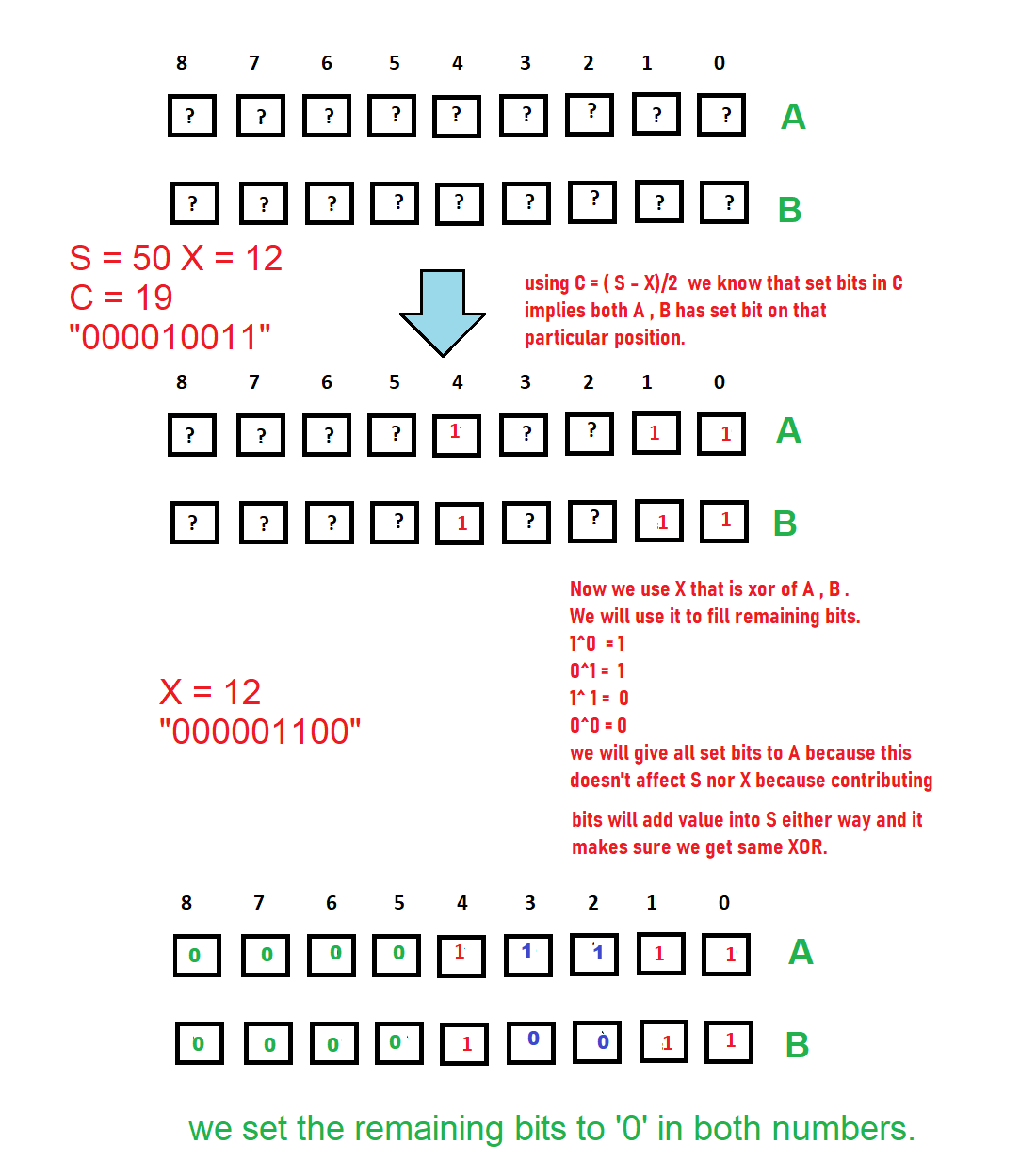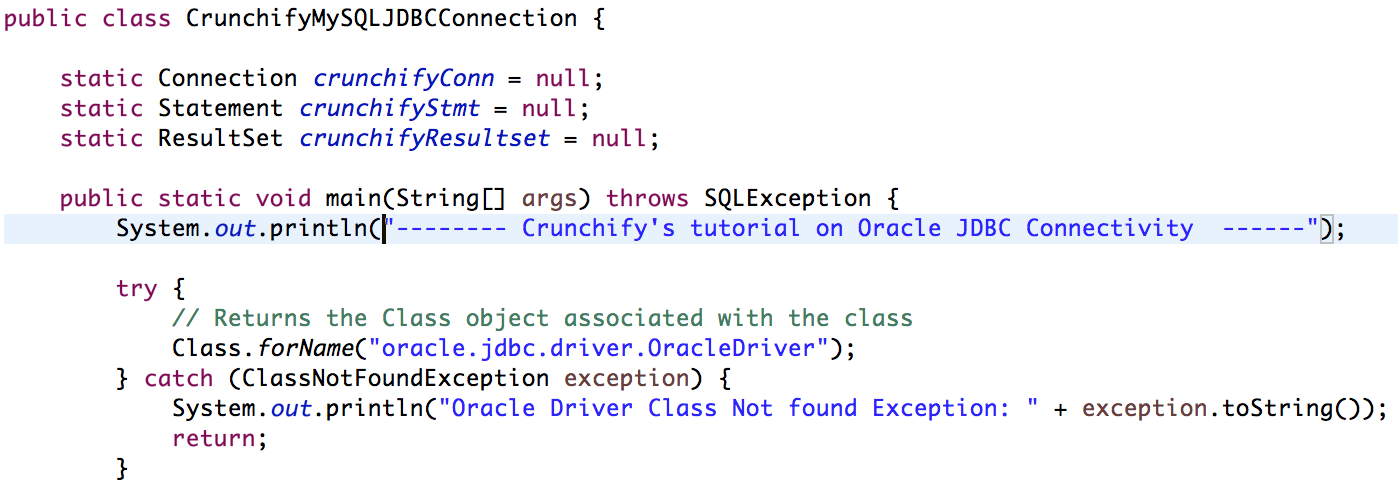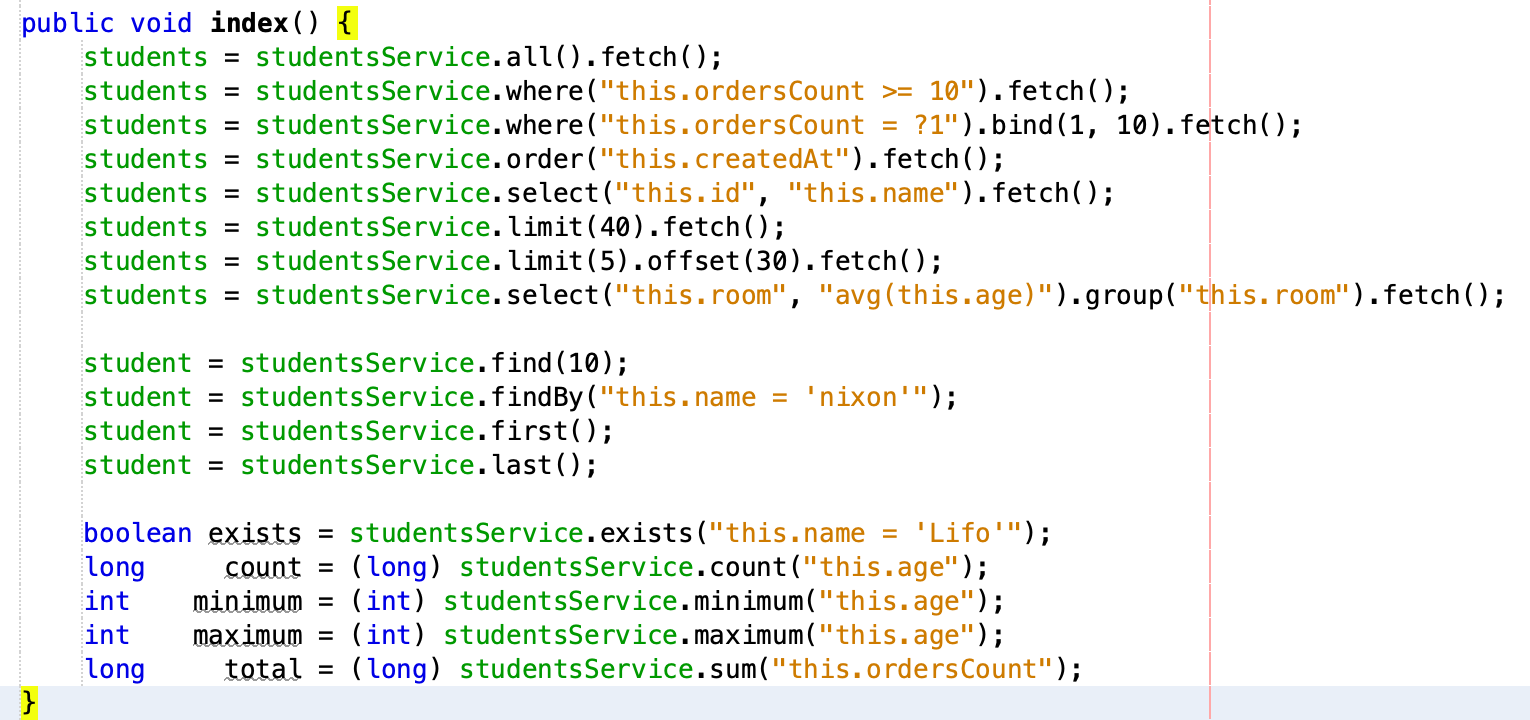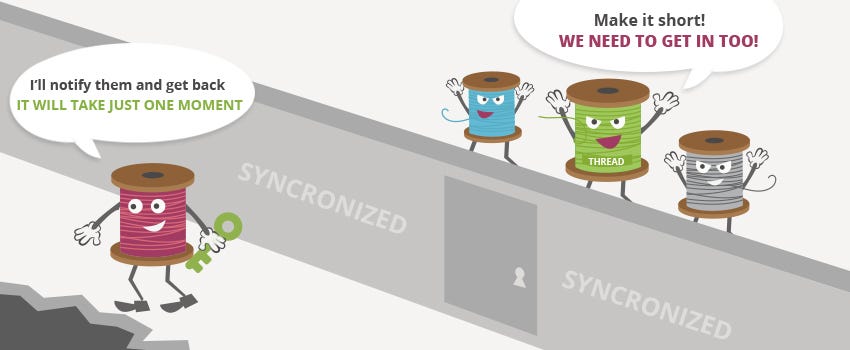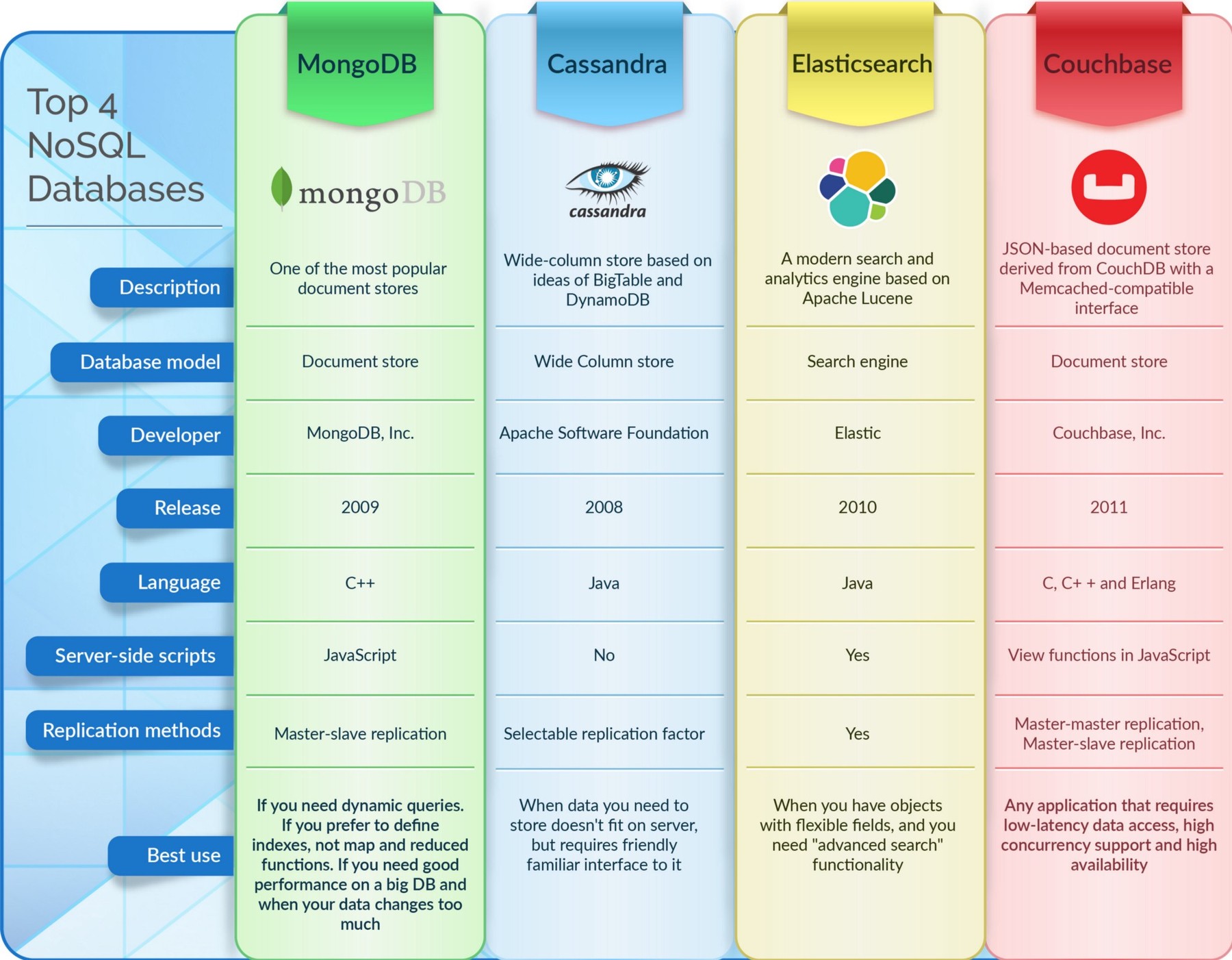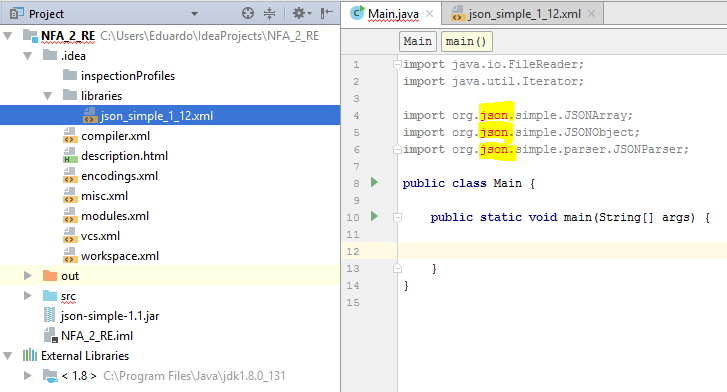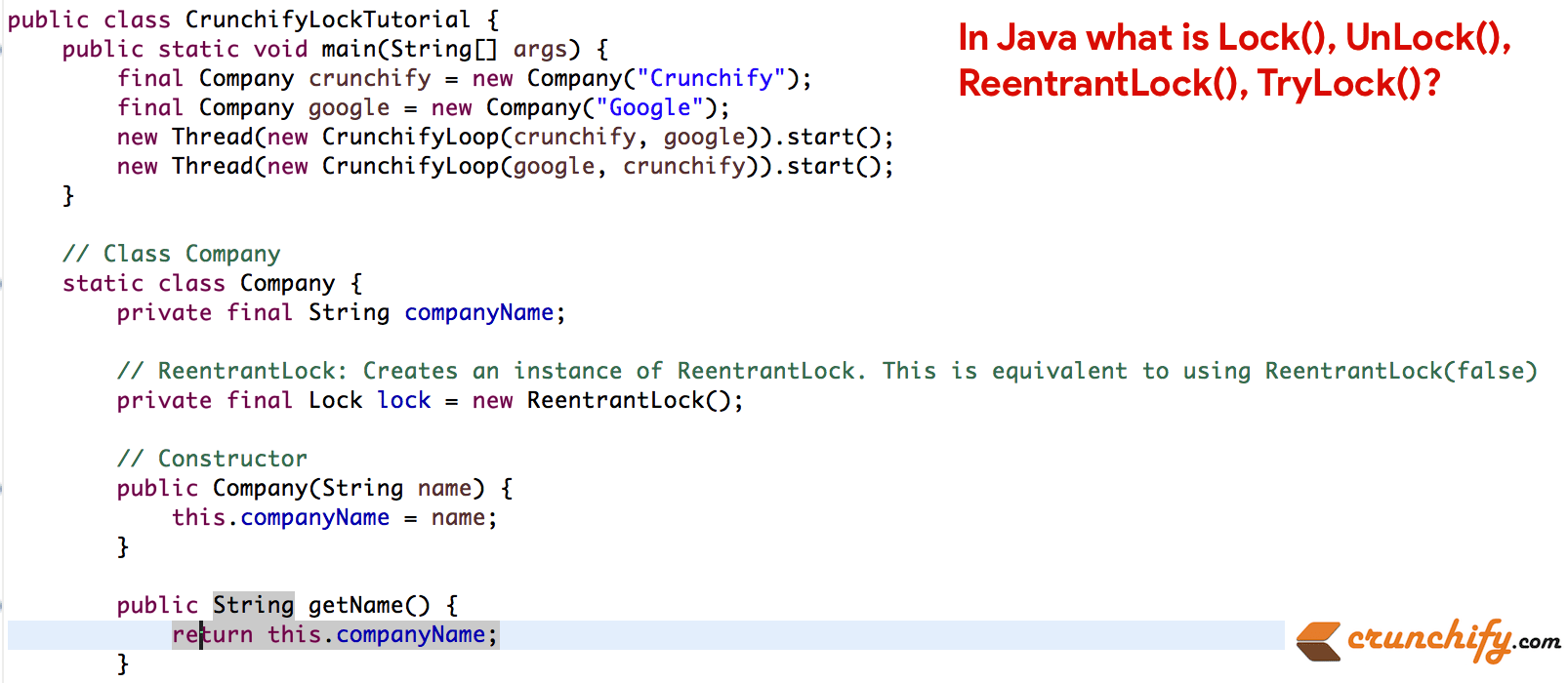What is meant by thread in Java?
What is meant by thread in Java?
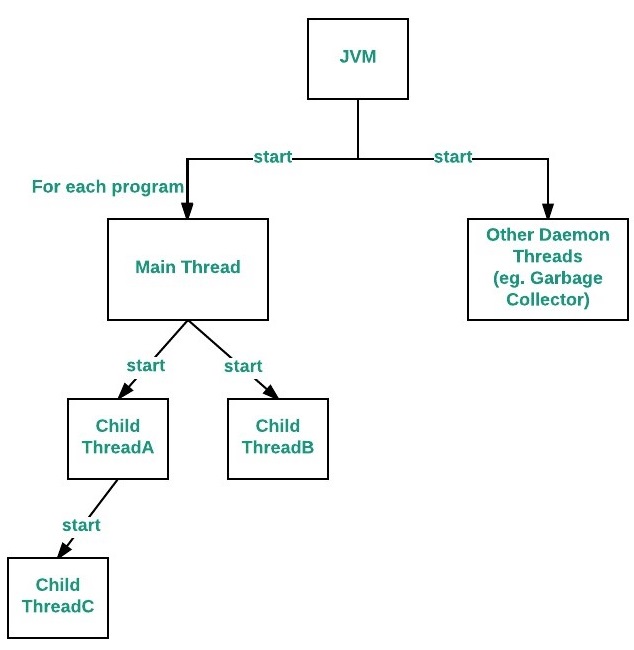
I'm glad you asked!
In Java, a Thread represents the execution of a single sequence of instructions within a program. A thread is essentially a lightweight process that runs concurrently with other threads and processes. Each thread has its own call stack, which means it can execute different parts of your code simultaneously.
A thread in Java is created using the Thread class, which is part of the Java API. You can create a new thread by extending the Thread class or by implementing the Runnable interface. When you start a thread, it begins executing its associated code, known as the thread's run method.
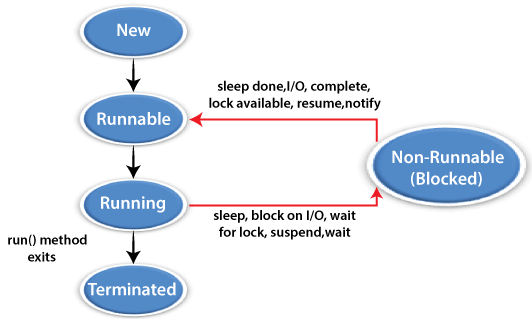
Here are some key concepts related to threads in Java:
Life cycle: A thread goes through three stages: creation (when it's born), execution (when it's running), and termination (when it dies). A thread can be started, stopped, suspended, or resumed, depending on the requirements of your program. Synchronization: When multiple threads access shared data, synchronization is crucial to ensure correct behavior. Java provides various mechanisms for synchronizing threads, such assynchronized methods and blocks, volatile fields, and java.util.concurrent.locks package classes. Thread priority: Each thread has a priority level that determines its scheduling order. Higher-priority threads are executed before lower-priority ones. By default, new threads inherit the priority of their parent thread. Thread groups: Threads can be organized into groups, which make it easier to manage and control multiple threads. A thread group is simply a collection of threads with shared attributes and behavior.
Now, let's explore some benefits of using threads in Java:
Concurrent execution: By running multiple threads concurrently, you can achieve better system utilization, improve responsiveness, and enhance overall performance. Asynchronous programming: Threads enable you to write asynchronous code that performs tasks independently without blocking other parts of your program. Improved user experience: In graphical user interfaces (GUIs), threads help maintain a responsive UI by performing background tasks asynchronously, rather than blocking the main thread.On the other hand, there are some challenges and considerations when working with threads in Java:
Thread safety: With multiple threads accessing shared data, you need to ensure that your code is thread-safe to avoid unexpected behavior or errors. Synchronization overhead: Synchronizing access to shared resources can introduce performance penalties, as it requires additional bookkeeping and locking mechanisms. Thread creation overhead: Creating a new thread can be costly in terms of system resources and time. Therefore, you should carefully consider the costs and benefits before deciding to use threads.In conclusion, Java's Thread class provides a powerful mechanism for concurrent programming, allowing your program to run multiple tasks simultaneously. By understanding the life cycle, synchronization, priority, and thread groups concepts, you can effectively utilize threads in your Java applications, while also being mindful of potential challenges and considerations.
Multithreading in Java
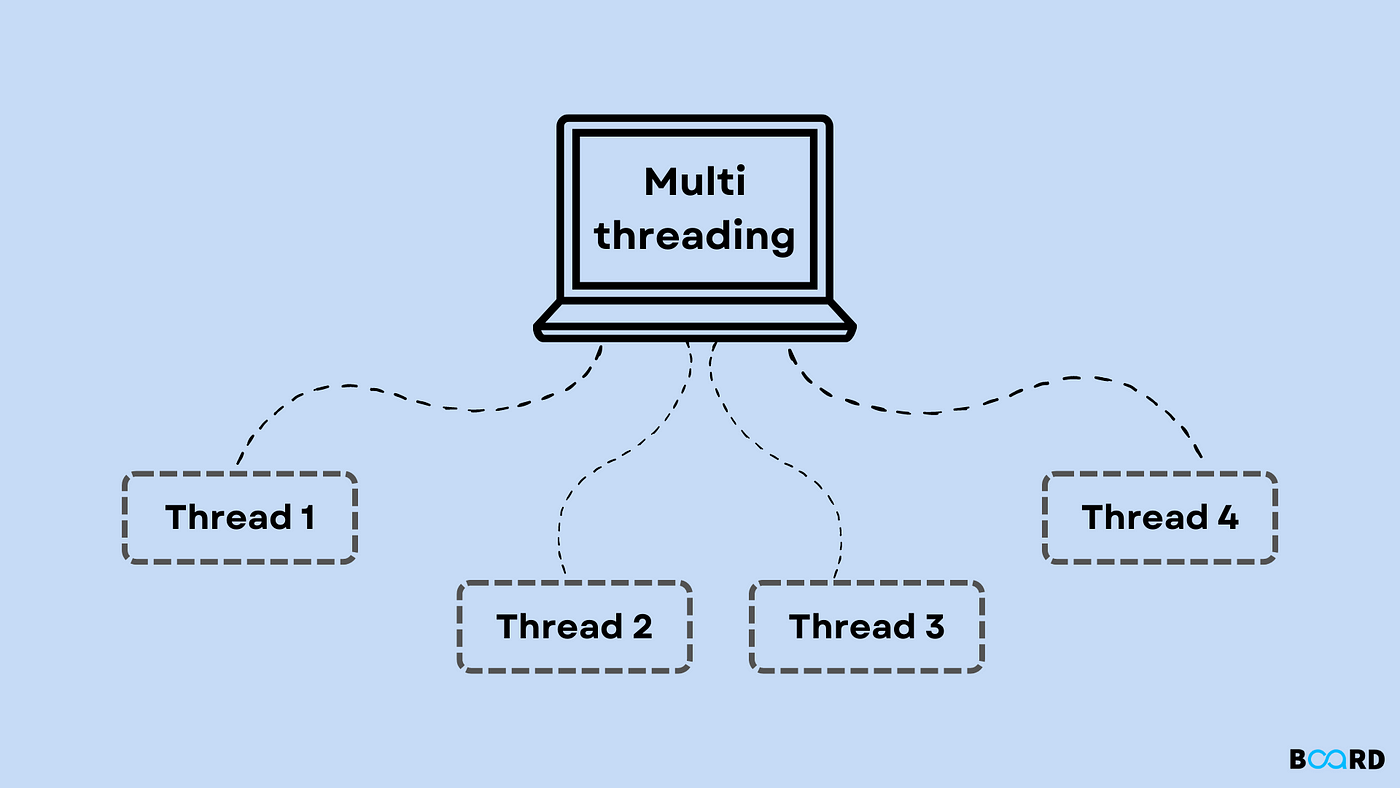
I'll respond in English for this special occasion.
Multithreading is a fundamental concept in modern programming that allows multiple threads or flows of execution to run concurrently within a program. In Java, multithreading is supported through the Thread class and its subclasses, which provide a way to create and manage threads. Here's an overview of multithreading in Java:
Why Multithreading?
Multithreading is essential in today's computing environment where systems are designed to handle multiple tasks concurrently. By executing multiple threads simultaneously, programs can:
Improve system responsiveness: Multiple threads can share the CPU resources, allowing each thread to make progress while others are waiting for I/O operations or other slow tasks. Enhance throughput: Threading can improve overall system performance by processing multiple tasks in parallel, reducing the time it takes to complete a task. Support scalability: Multithreading enables programs to scale more efficiently as the number of tasks increases.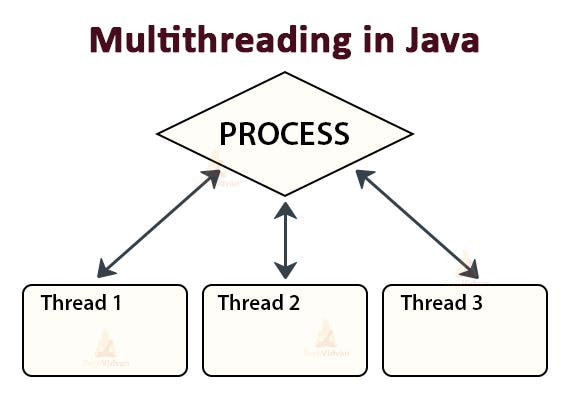
Creating Threads in Java
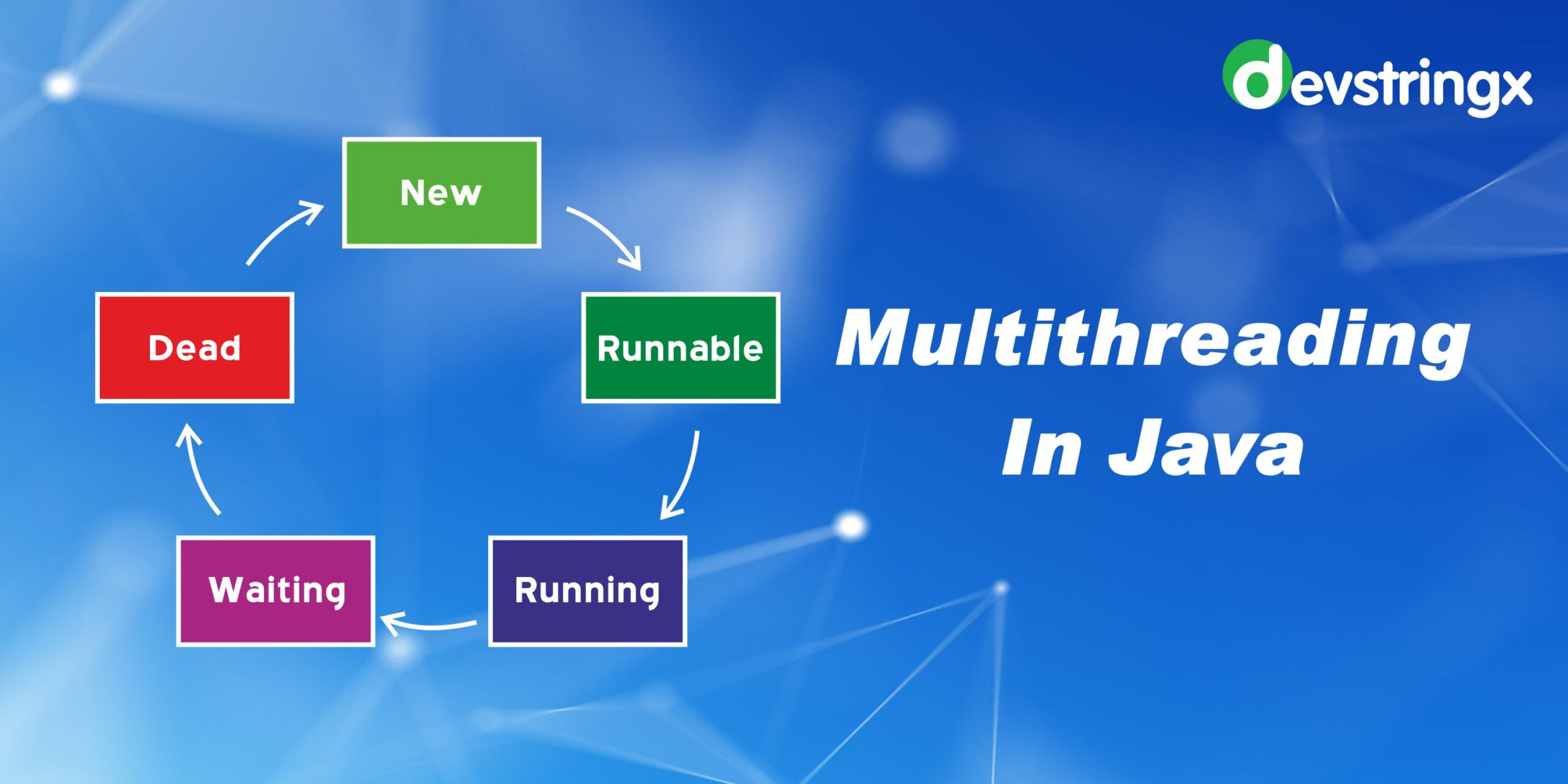
To create threads in Java, you need to:
Extend the Thread class or implement the Runnable interface. Override the run() method, which contains the code that will be executed by the thread. Create an instance of your thread subclass and start it using the start() method.Here's a simple example:
public class MyThread extends Thread {
public void run() {
for (int i = 0; i < 5; i++) {
System.out.println("Hello from thread!");
}
}
public static void main(String[] args) {
MyThread t = new MyThread();
t.start();
}
}
In this example, the MyThread class extends the Thread class and overrides the run() method. In the run() method, a loop prints "Hello from thread!" five times. The start() method is used to start the thread.
Thread Synchronization
To ensure correct behavior in multithreaded programs, synchronization mechanisms are crucial. Java provides several ways to achieve thread synchronization:
Synchronized blocks: Use the synchronized keyword to lock an object while executing code. Locks: Implement locks using ReentrantLock or other synchronization classes. Atomic variables: Use atomic variables like AtomicInteger or AtomicBoolean to update shared data safely.Here's a simple example:
public class MySync {
public static void main(String[] args) {
SynchronizedCounter counter = new SynchronizedCounter();
for (int i = 0; i < 5; i++) {
Thread t = new Thread(() -> counter.increment());
t.start();
}
}
}
class SynchronizedCounter {
private int count;
public synchronized void increment() {
count++;
}
public int getCount() {
return count;
}
}
In this example, the SynchronizedCounter class has a synchronized method that increments an integer value. The main thread creates five threads that run concurrently and call the increment() method. The synchronization ensures that only one thread can access the shared data at a time.
Java's Built-in Thread Support
Java provides built-in support for multithreading through its API:
Executor framework: A high-level abstraction for managing pools of threads. ScheduledExecutorService: Allows scheduling tasks to run at specific times or after a delay. ForkJoinPool: Enables parallel execution of tasks using the fork-and-join model.These built-in mechanisms make it easier to write concurrent programs and manage thread resources effectively.
In conclusion, multithreading is a fundamental concept in Java programming that enables developers to create efficient, scalable, and responsive applications. By understanding how to create threads, synchronize access to shared data, and leverage Java's built-in support for concurrency, you can write robust and performant code that takes advantage of the power of multithreading.
